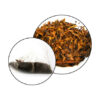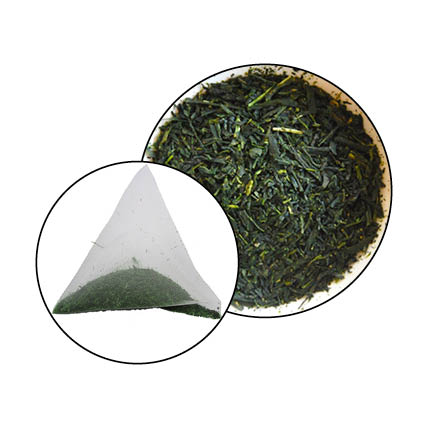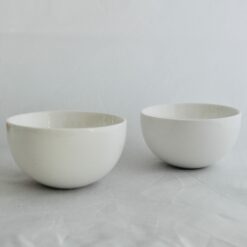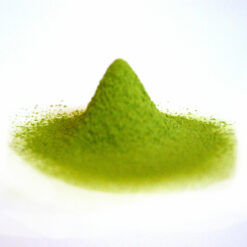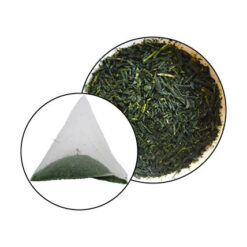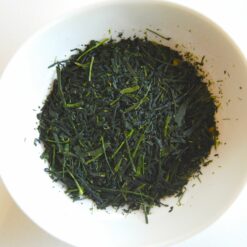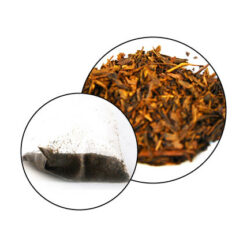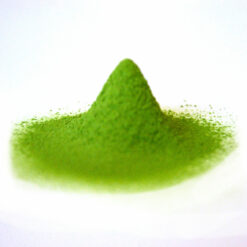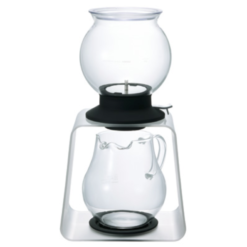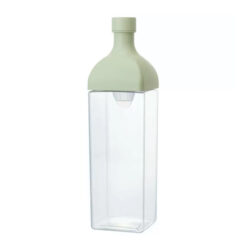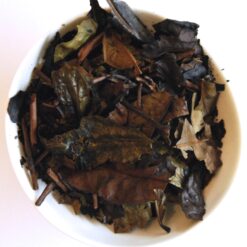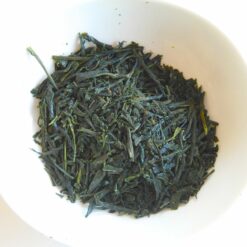Sencha Yame tea bags, 50 gr (10 tea bags of 5 gr.)
Sencha Yame tea bags 10 pcs (50gr)
€ 10,00 Incl. VAT
Sencha Yame tea bags: for convenience we’ve put our sencha in a tea bag as well.
Sencha Yame is also known as Yamecha.
( New arrival in Dec. )
Related products
2. Matcha
Premium Matcha Katagi Shiga 40 gr are grinded tea leaves. The last weeks before harvest, the tea plants are covered with shadow nets. This forces the plants to create extra polyphenols in order to make its photosynthesis, making the Matcha tea very rich in anti-oxidants. The caffeine in Matcha is absorbed slowly by the blood, giving a 3 hour lasting boost of concentration. In order to enjoy the slight bitter taste, Japanese tend to eat something sweet prior to drinking Matcha tea. This way you get the perfect balance between sweet & bitter.
7. Tea bags
Sencha Yame tea bags: for convenience we've put our sencha in a tea bag as well. Sencha Yame is also known as Yamecha. ( New arrival in Dec. )
3. Sencha
For this award winning Sencha only the best tea leaves have been selected. It has a very deep yet sophisticated and delicate taste.
7. Tea bags
Hojicha Yame tea bags: for convenience we have put our Hojicha in a tea bag as well. Our tea bags all contain 5gr of 100% Japanese green tea!
2. Matcha
If you thought Matcha was only for sipping in a teacup, try using it in a food recipe. We recommend using this Matcha blend for cooking. Matcha 50gr is a powder tea made of grinded tea leaves. The last weeks before harvest, the tea plants are covered with shadow nets. This forces the plants to create extra polyphenols in order to make its photosynthesis, making the Matcha tea very rich in anti-oxidants.The caffeine in Matcha is absorbed slowly by the blood, giving a 3 hour lasting boost of concentration. In order to enjoy the slight bitter taste, Japanese tend to eat something sweet prior to drinking Matcha tea. This way you get the perfect balance between sweet & bitter.
9 Tea pots & kettles
Content 80cl.
Tea Accessories
Dimensions: W90 × D90 × H320mm Practical capacity: 1,2 L
5. Hojicha-Bancha
This very unique green tea is only produced in Kyoto-prefecture. It is made of almost complete tea leaves and small branches of the teat plant. It has a great deep-smoked taste and aroma.
3. Sencha
For this award winning Sencha tea only the best tea leaves have been selected. It has a very deep yet soft and complex taste.


 Nederlands
Nederlands Français
Français